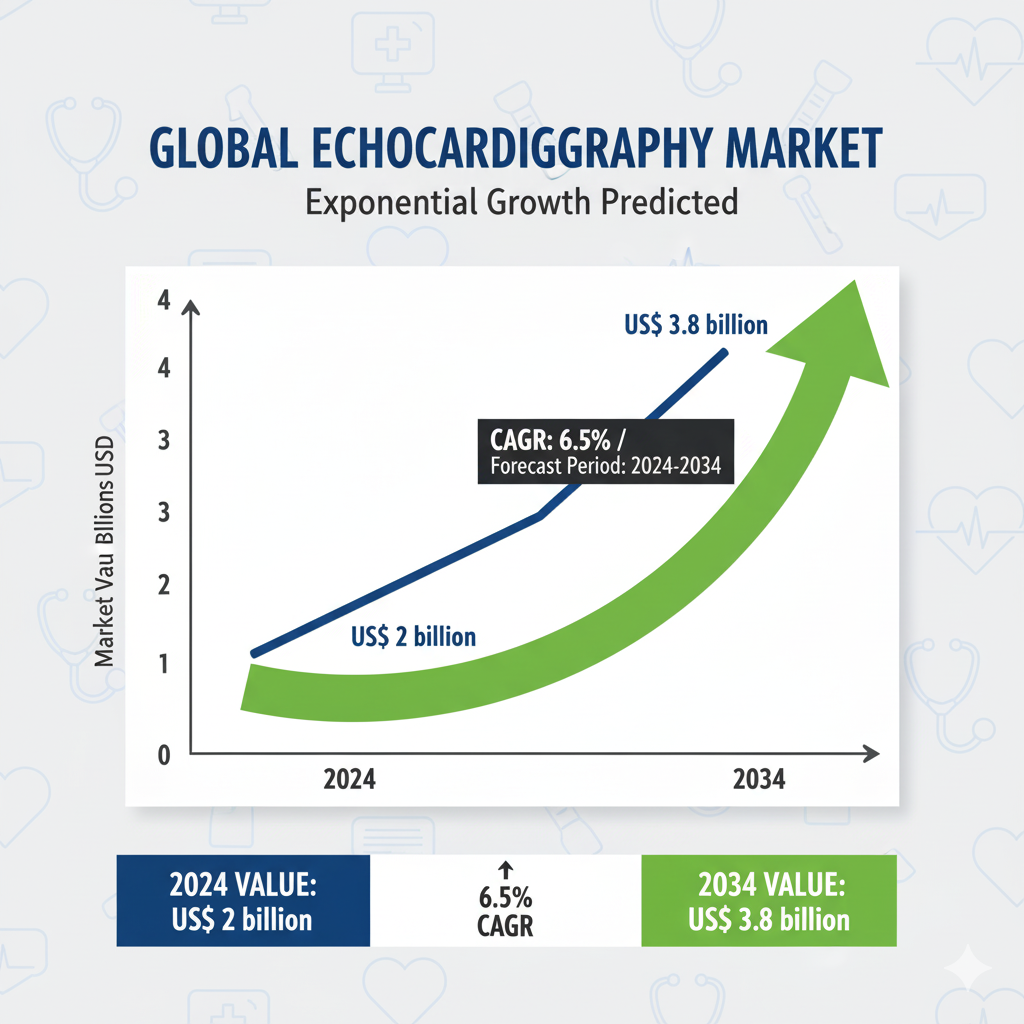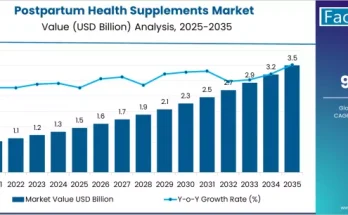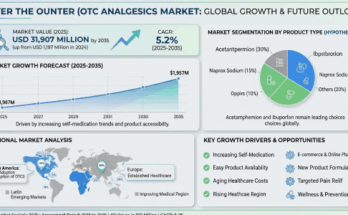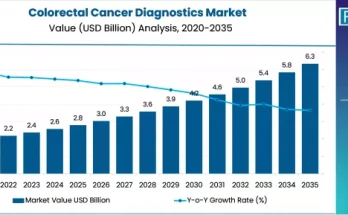The global echocardiography market size is approximated at a value of US$ 2 billion in 2024. As per the detailed industry analysis by Fact.MR, worldwide sales of echocardiography solutions and systems are calculated to increase at a CAGR of 6.5% and reach US$ 3.8 billion by 2034.according to the latest insights from Fact.MR. The growth trajectory is being driven by an aging population, rising cardiovascular disorders, and the rapid adoption of advanced digital technologies in cardiac imaging.
Echocardiography systems, integral to the detection, monitoring, and management of heart-related conditions, are experiencing increased demand across hospitals, diagnostic centers, and clinics worldwide. The market’s growth has been underpinned by the non-invasive nature of echocardiography procedures and the rising preference for mobile and portable cardiac imaging solutions.
Technological Advancements Driving Market Expansion:
The integration of artificial intelligence (AI) and machine learning (ML) into echocardiography devices has created high-growth opportunities for market participants. Advanced software solutions now enable real-time cardiac analysis, including rapid calculations of ejection fraction, automated labeling, and predictive assessment of cardiac health. Start-ups and established players alike are investing heavily in R&D to enhance diagnostic accuracy and operational efficiency.
EchoNous, for example, has introduced the ‘Kosmos System’, a handheld point-of-care ultrasound (POCUS) device that merges AI with mobile cardiac imaging, empowering clinicians to make quick and informed decisions at the patient’s bedside. Leading manufacturers are increasingly collaborating with technology companies to integrate IoT, big data analytics, and predictive modeling into echocardiography solutions, thereby transforming conventional cardiac diagnostics.
In parallel, advancements in pulse Doppler and acoustic quantification are enabling more precise imaging and blood flow analysis. Transthoracic echocardiography, in particular, remains the most widely used testing method due to its non-invasive approach and reliable performance. Aurora Healthcare, a prominent service provider, is at the forefront of developing advanced 4D ultrasound systems that deliver comprehensive cardiac insights.
Market Segmentation and Regional Outlook:
North America, with an estimated market size of USD 500 million in 2024, continues to lead the adoption of echocardiography solutions, driven by high prevalence of cardiovascular disorders and heavy investments in healthcare infrastructure. The United States is projected to grow at a CAGR of 6.9%, reaching approximately USD 390 million by 2034. Heart disease remains the leading cause of mortality, with one person succumbing to cardiovascular complications every 33 seconds, according to the Centers for Disease Control and Prevention.
East Asia is emerging as a high-growth market, expected to capture 23.1% of global market share by 2034. In Japan, the demand for portable and wireless ECG devices in home healthcare settings is rising, propelled by an aging population and a strong inclination toward remote monitoring technologies. The Japanese market is forecasted to grow at a CAGR of 7%, reaching USD 196.7 million by 2034.
Product Trends and Innovation Drivers:
The market is witnessing a strong shift toward mobile, handheld, and cart/trolley-based echocardiography devices. Cart-based devices continue to dominate due to their ease of integration in hospital settings, while handheld devices are gaining traction for point-of-care diagnostics. Key manufacturers are equipping portable systems with Bluetooth connectivity, cloud-enabled data storage, and AI-assisted interpretation software, improving diagnostic speed and reliability.
3D and 4D echocardiography devices are also gaining widespread adoption due to their ability to deliver real-time, high-resolution imaging. These advanced systems allow cardiologists to perform precise assessments of complex cardiac conditions, guide ablation procedures, and evaluate cardiac dyssynchrony. Market projections suggest that 3D/4D echocardiography will expand from USD 700 million in 2024 to USD 1.4 billion by 2034, registering a CAGR of 6.8%.
Stress echocardiogram tests are another segment exhibiting accelerated growth, expected to grow at a CAGR of 8.2% during the forecast period. This trend is largely fueled by the rising incidence of coronary artery disease and the increasing emphasis on early detection and intervention.
Competitive Landscape:
The global echocardiography market is highly competitive, with key players including GE Healthcare, Koninklijke Philips N.V., Canon Medical Systems Corporation, Samsung Electronics Co. Ltd., Mindray Medical International Limited, Shimadzu Corporation, and Hitachi Medical Corporation. Strategies such as mergers and acquisitions, portfolio expansion, and strategic R&D collaborations are being widely employed to strengthen market positions.
Notable collaborations include Clarius Mobile Health’s partnership with ImaCor Inc. to commercialize the first FDA-cleared handheld transesophageal echocardiography system, and Philips’ launch of the EPIQ CVx cardiac ultrasound platform with anatomical intelligence for enhanced imaging accuracy. Such innovations underscore the commitment of leading manufacturers to deliver cutting-edge, patient-centric cardiac care solutions.
Challenges and Market Constraints:
Despite the positive growth outlook, high equipment costs remain a key barrier to adoption, particularly in budget-constrained healthcare facilities. The price variance between traditional ultrasound devices and advanced echocardiography systems limits accessibility in certain regions. Nonetheless, the demand for compact, portable, and cost-efficient devices is encouraging manufacturers to explore innovative solutions that bridge affordability with technological sophistication.
The echocardiography market is entering a phase of significant expansion, fueled by technological innovation, rising cardiovascular disease prevalence, and growing adoption of portable diagnostic devices. With global sales expected to reach USD 3.8 billion by 2034, market leaders are strategically positioned to leverage AI, ML, and digital imaging advancements to enhance patient outcomes, streamline diagnostics, and redefine cardiac care standards.
For manufacturers, healthcare providers, and technology innovators, the next decade presents unprecedented opportunities to drive growth, improve cardiac diagnostics, and address the evolving needs of patients worldwide.
Browse Full Report-https://www.factmr.com/report/echocardiography-market



